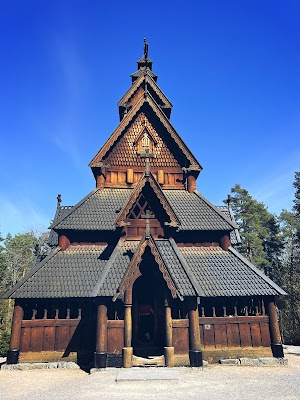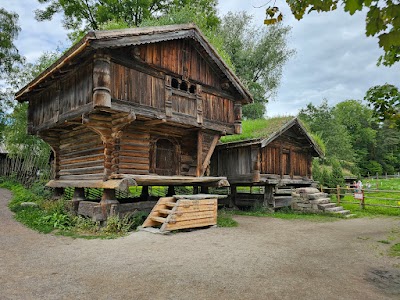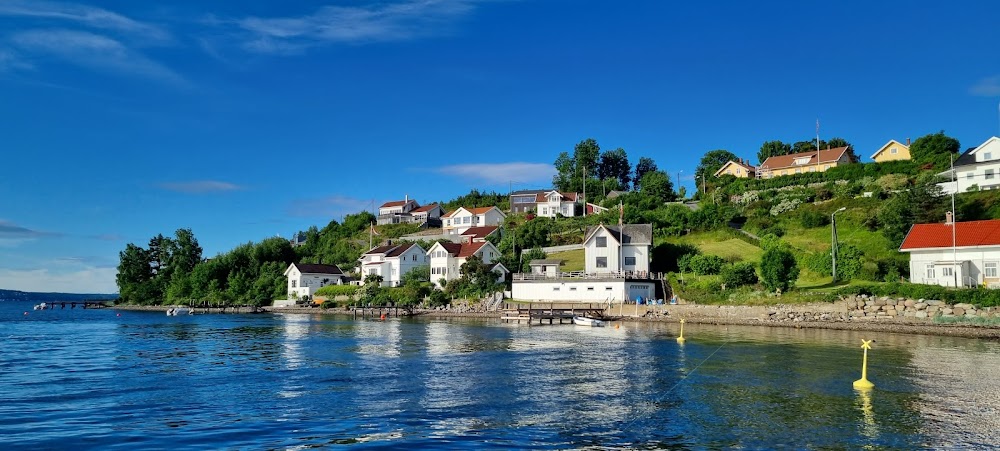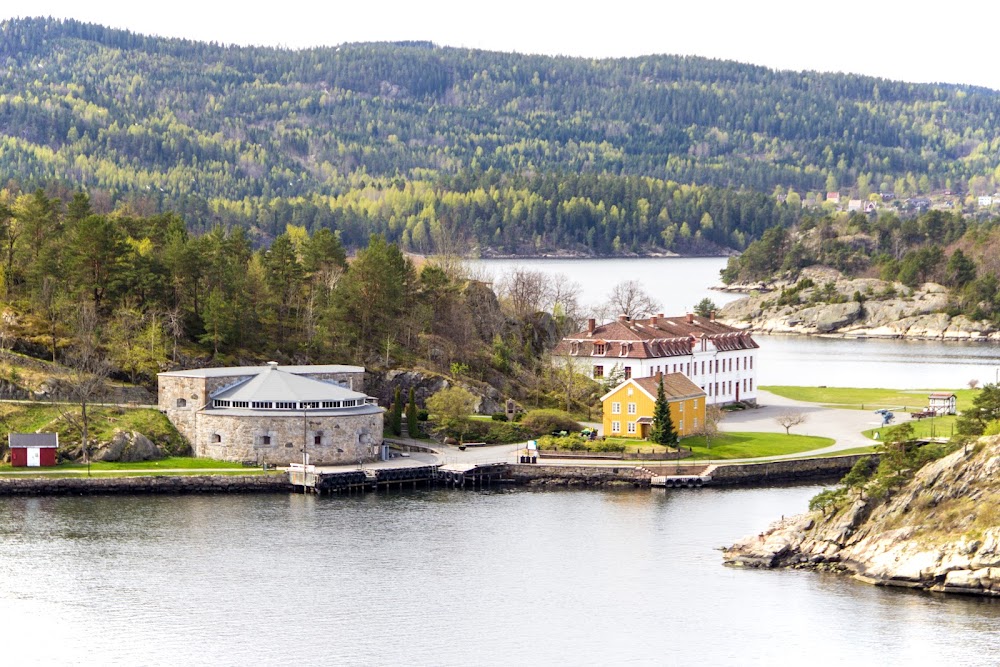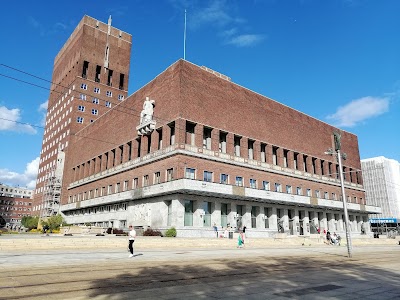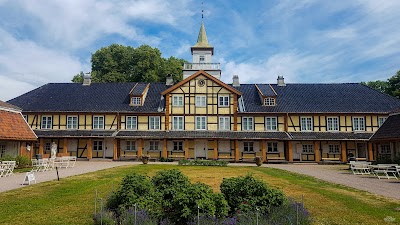Norwegian Museum of Cultural History (Norsk Folkemuseum)
Related Places
Overview
The Norwegian Museum of Cultural History, located in Viken, Norway, is an essential destination for anyone eager to explore the rich tapestry of Norway's history and cultural heritage. Known locally as Norsk Folkemuseum, this expansive open-air museum invites visitors on a captivating journey through over a thousand years of Norwegian traditions, lifestyles, and architectural marvels.
Founded in 1894 by King Oscar II, the museum is celebrated as one of the first open-air museums in the world. Its primary aim was to safeguard Norwegian folk traditions and domestic life, which were rapidly evolving due to the forces of industrialization. Today, it stands as one of Norway's most significant cultural institutions, drawing visitors from around the globe seeking to connect with the nation's past.
Spanning approximately 35 acres, the museum boasts over 150 historic buildings that have been meticulously relocated from various regions across Norway. These structures range from charming farmhouses and elegant manors to stunning traditional stave churches, offering an immersive experience into Norway's architectural development. Strolling through the museum truly feels like stepping into a living history book, where each building narrates its own unique story.
Among the museum's most iconic highlights is the Gol Stave Church, dating back to the 13th century. This beautifully crafted wooden church has been carefully reconstructed at the museum to preserve its intricate carvings and ornate details. As a remarkable example of medieval wooden architecture, the stave church stands as a testament to the exceptional craftsmanship of its time.
Another captivating section of the museum is the old town area, featuring a collection of urban buildings from the 17th to the 19th centuries. Visitors can wander along cobblestone streets, exploring various shops, homes, and workshops that illustrate everyday life in Norway's historical urban settings. Talented actors in period costumes often perform traditional tasks and crafts, enhancing the authenticity and engagement of the experience.
In addition to the outdoor exhibits, the museum also offers a wealth of indoor displays that delve into various topics, including Sami culture, folk art, traditional clothing, and the effects of urban development on Norwegian society. Notably, the museum houses one of the largest and most comprehensive collections of bunads (traditional Norwegian costumes), showcasing the rich textile heritage of the nation.
Families will find plenty of interactive activities that make learning about history enjoyable for children. Engaging experiences such as traditional games, old-fashioned school lessons, and even opportunities to feed farm animals enrich the visit for younger guests. Seasonal events, like Christmas markets and summer festivals, add an extra layer of charm and insight into important Norwegian traditions and celebrations.
The museum's scenic location on the Bygdøy Peninsula further enhances its appeal. This picturesque area is home to several other significant cultural sites, including the Viking Ship Museum and the Fram Museum, making it an ideal day trip from Oslo. Visitors can enjoy beautiful waterfront walks and lush green surroundings while immersing themselves in the rich heritage of Norway.
For practical considerations, the museum is easily accessible from Oslo via public transport, bike, or car. Ample parking is available for those who choose to drive, and buses run frequently between Oslo city center and Bygdøy. Given the expansive grounds, comfortable footwear is highly recommended for a day filled with exploration and discovery.
In conclusion, the Norwegian Museum of Cultural History is a remarkable destination that provides a deep and enriching understanding of Norway's past. With its unique blend of historic buildings, interactive exhibits, and live demonstrations, it transcends the traditional museum experience, emerging as a cultural treasure trove that encapsulates the essence of Norwegian tradition and history. Whether you are a history buff, an architecture enthusiast, or a family seeking an educational adventure, this extraordinary site promises to offer something for everyone. A visit here is not only enlightening but also an experience that should not be missed during any trip to Norway.


